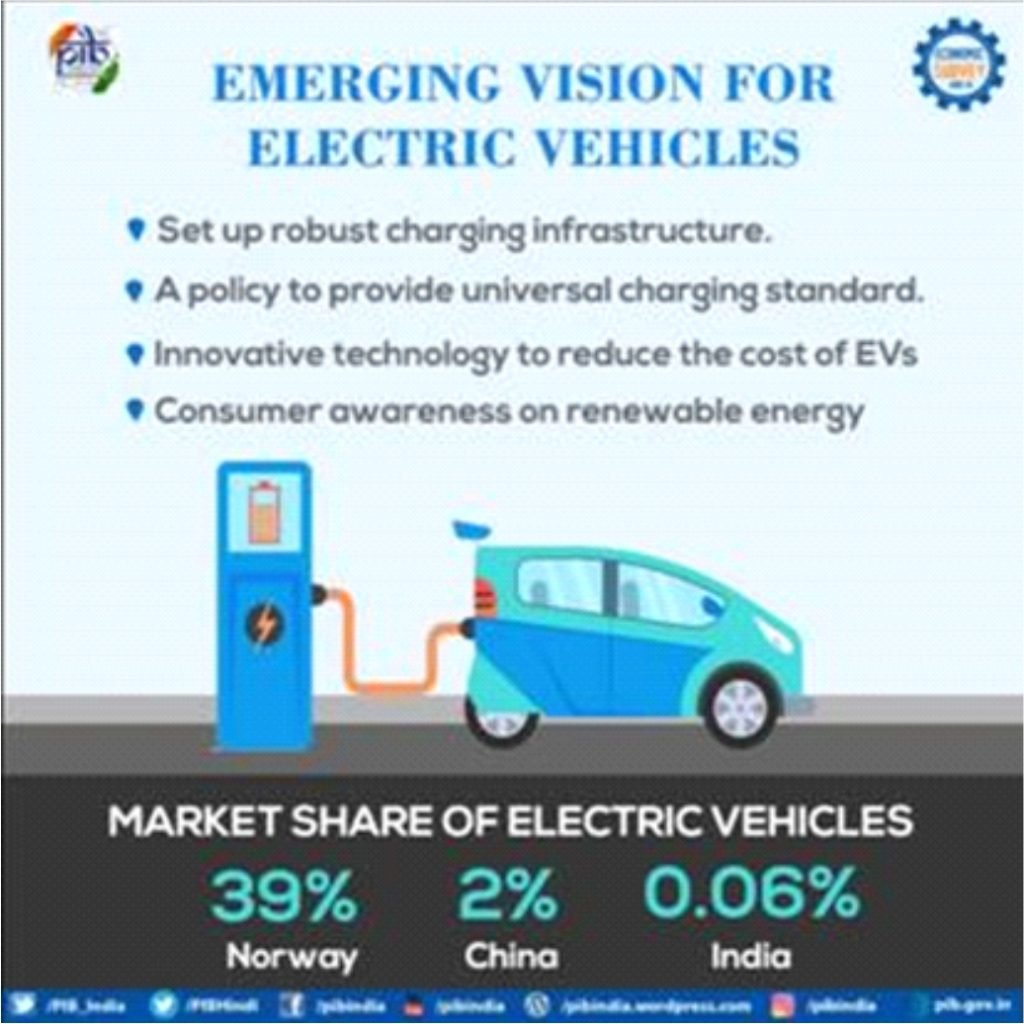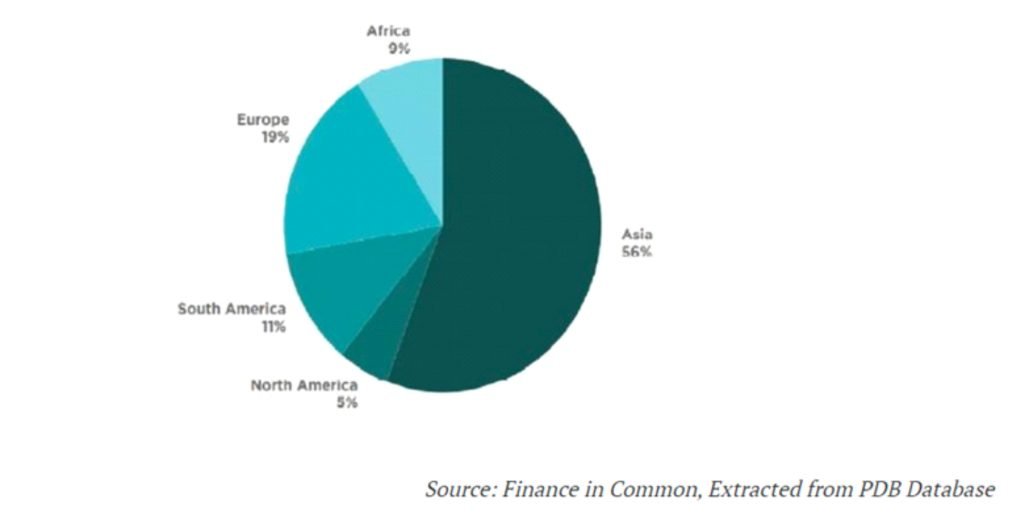Digital Divide
The Hindu
GS 2: Polity and Governance
Context:
- The Supreme Court warned that the digital divide caused by online classes will defeat the fundamental right of every child to education.
About:
- During the course of the COVID-19, schools increasingly shifted to online education in order to avoid exposing young children to the pandemic.
- This digital divide produced stark consequences for children belonging to the Economically Weaker Sections [EWS]/Disadvantaged Groups [DG].
- They failed to fully pursue their education or dropped out because of the lack of access to the Internet and computers.
- It highlighted the danger of being drawn into child labour or worse, child trafficking.
- The court ruled how the right to education now hinged on who could afford “gadgets” for online classes and who could not.
- Schools are now reopening gradually, the need to provide adequate computer-based equipment together with access to online facilities for children is of utmost importance.
- The court was hearing a petition filed by private school managements challenging a Delhi High Court order of September 2020, directing them to provide their 25% quota EWS/DG students online facilities free of cost. The High Court had said the schools could get reimbursement from the government.
- The Bench asked the Delhi Government to come out with a plan to effectuate the ‘salutary object’ upheld in the High Court decision.

‘Aim to have 30% of 2030 car sales as EVs’
The Hindu
GS 2: Government policies and interventions
Context:
- The government aims to have EV sales accounting for 30% of private cars, 70% for commercial vehicles and 80% for two- and three-wheelers by 2030 as there is an immediate need to decarbonise the transport sector.
About:
- If electric vehicles expand to 40% in the two-wheeler and car segments and close to 100% for buses by 2030, India would be able to cut crude oil consumption by 156 million tonnes, worth ₹3.5 lakh crore.
- There is an immediate need to decarbonise the transport sector and make it sustainable from the economy, ecology, and environmental point of view.
- The government also asserted that there was no shortage of lithium-ion, which is used in making batteries for EVs, in India.
- The Road Transport and Highways Ministry pointed out that in the EV mission, NITI Aayog has inspired 25 States to come up with EV policies, out of which 15 have already announced State EV policy.
- A potential pilot project is being planned to install an electric highway between Delhi-Mumbai expressways which will facilitate the movement of heavy-duty trucks and passenger buses on electricity.
- To fulfil everyday transport needs of a large population, the Ministry is focusing on the development of efficient and affordable public transport systems.


Appointment of Chief Justice
Livemint
GS 2: Polity and Governance
Context:
- Recently, the Central Government cleared the appointment of eight new Chief Justices for High Courts along with the transfer of five Chief Justices.
Appointment procedure of HC Judges:
- Article 217 states that the Judge of a High Court shall be appointed by the President in consultation with the CJI, the Governor of the State.
- In the case of appointment of a Judge other than the Chief Justice, the Chief Justice of the High Court is consulted.
- High Court judges are recommended by a Collegium comprising the CJI and two senior-most judges.
- The proposal is initiated by the Chief Justice of the High Court concerned in consultation with two senior-most colleagues.
- The recommendation is sent to the Chief Minister, who advises the Governor to send the proposal to the Union Law Minister.
Transfer procedure of HC Judges:
- Article 222 makes provision for the transfer of a Judge (including Chief Justice) from one High Court to any other High Court.
- The initiation of the proposal for the transfer of a Judge should be made by the Chief Justice of India whose opinion in this regard is determinative.
- Consent of a Judge for his first or subsequent transfer would not be required.
- All transfers are to be made in public interest i.e., for promoting better administration of justice throughout the country.
Evolution of Collegium System:
- It is the system of appointment and transfer of judges that has evolved through judgments of the SC, but not by an Act of Parliament or by a provision of the Constitution.
- First Judges Case (1981): It declared that the “primacy” of the Chief Justice of India’s (CJI) recommendation on judicial appointments and transfers can be refused by the President and consultation doesn’t mean concurrence.
- Thus, the ruling gave the Executive primacy over the Judiciary in judicial appointments for the next 12 years.
- Second Judges Case (1993): SC introduced the Collegium System, holding that consultation means concurrence.
- It added that it was not the CJI’s individual opinion, but an institutional opinion formed in consultation with the two senior-most judges in the SC.
- Third Judges Case (1998): SC on President’s reference expanded the Collegium to a five-member body, comprising the CJI and four of his senior-most colleagues (for example for the transfer of HC judges).
- First Judges Case (1981): It declared that the “primacy” of the Chief Justice of India’s (CJI) recommendation on judicial appointments and transfers can be refused by the President and consultation doesn’t mean concurrence.

Issues involved in appointment:
- There are inordinate delays in the appointment of High Court judges and it leads to the pendency of cases.
- There is no objective criteria for selection and people come to know about judges only after selection.
- It also promotes nepotism in the judiciary. The consultations of the Collegium are also not discussed in any public platform.
- In many cases, there is indication that due to the unfavorable judgments of certain judges the political executive hinders their appointments, elevation, or transfer. This reflects poorly on the concept of independence of the judiciary.
- Certain sections of societies have higher representation whereas many vulnerable sections have nil representation.
Attempts of Reform:
- The attempt was made to replace the Collegium with a ‘National Judicial Appointments Commission (NJAC)’ in 2014 through the 99th Constitutional Amendment Act, 2014.
- However, the Constitutional Bench of the Supreme Court declared NJAC unconstitutional in 2015, citing that it violates the Basic Structure Doctrine of the Constitution on the ground that it posed a threat to the independence of the judiciary.
Way Forward:
- It is high time to think of a permanent, independent body to institutionalize the process with adequate safeguards to preserve the judiciary’s independence guaranteeing judicial primacy but not judicial exclusivity.
- It should ensure independence, reflect the diversity, demonstrate professional competence and integrity.
- Instead of selecting the number of judges required against a certain number of vacancies, the collegium must provide a panel of possible names to the President to appoint in order of preference and other valid criteria.
- Judiciary should balance accountability as well as independence provided by the Constitution.
Low snow in Himachal Pradesh
Context:
- A recent study conducted jointly by the State Centre on Climate Change and Space Applications Centre (ISRO) Ahmedabad, using Advanced Wide Field Sensor (AWiFS) satellite data has revealed that all major river basins including Satluj, Ravi, Chenab, and Beas have witnessed an overall decrease of 18.5% in area under snow in 2020-21 winters in comparison to 2019-20.
Natural Causes:
- The prime reason is the changes in the global climate pattern which has led to the reduction in the precipitation trend.
- The average temperature has also risen in the region faster than the peninsular region.
- On average relatively more moisture is being carried towards the Himalayas. But there is a lack of conditions for sub-zero temperature, hence snowfall is declining as global warming has led to a rise in temperature.
Man-Made Causes:
- Unsustainable rapid deforestation
- Unregulated construction activities
- Increase in air and soil pollution in the region.
Impact of Loss of Snow Cover:
- In Himachal Pradesh, about one-third of the geographical area remains under thick snow cover during the winter season.
- The snow cover helps in controlling the accumulation and ablations patterns of the glaciated regions.
- Major rivers such as Chenab, Beas, Parvati, Baspa, Spiti, Ravi, Satluj and their perennial tributaries originating from the Himalayas depend upon the seasonal snow cover for their discharge dependability.
- The spatial distribution of snow ensures sustainable measurement of the hydrological table at the basin.
Recommendations:
- Developed countries with legacy emissions need to effect deep emission cuts.
- Developing nations should also commit themselves to steeper emissions cuts based on the promise of support from developed countries.
- The developing countries should be supported adequately in their climate action endeavors in the form of easy access to low carbon technologies through technology transfer and adequate funding for mitigation and adaptation.
Damages to Nature Annually
Down to Earth
GS 3: Environment and Conservation
Context:
- According to the report by Finance for Biodiversity (F4B), the financial activities of public development banks (PDB) are responsible for annual damages to nature worth $800 billion (Rs. 5900,000 crore).
About:
- The 450 PDBs across the world are exposed to a ‘dependency risk’ worth $4.6 trillion, due to their investments in nature-based services.
- That is an average 40% of the assets of PDBs, which are financial institutions with a mandate to finance a public policy on behalf of the state.
- The Finance for Biodiversity Initiative was started in October 2019 by the MAVA Foundation based in Switzerland.
- Its aim is to better align global finance with nature conservation and restoration.
- The study also found that PDBs focussed on Asia and Africa had a higher dependency risk compared to Europe.
- Countries in these regions had a high dependence on nature, which was highly vulnerable as well.
- Agriculture-focused PDBs such as the Agricultural Development Bank of China and the National Bank for Agriculture and Rural Development in India deployed their balance sheets solely on agriculture. This had resulted in a higher dependency risk for Asian PDB assets.
- Lending in Asia also put the largest amount of nature at risk, at $562 billion. This was partly due to the volume of assets held in Asia.
- Another reason was less focused regulation in most Asian countries towards preserving biodiversity as well as reliance on more natural inputs per dollar of economic output.
- Africa was ranked after Asia. Nature at risk in Africa was estimated at $106 billion.
- Deforestation, particularly in tropical regions accounted for roughly half of nature at risk in Africa, central and South America. Agriculture was the largest driver of deforestation in all three regions.
- PDBs employed only a limited range of environmental safeguards, in the form of a checklist of harms they should avoid.
- These banks should progress towards sustainable development goals both through their own lending and thus leading by example to achieve wider financial system change.


